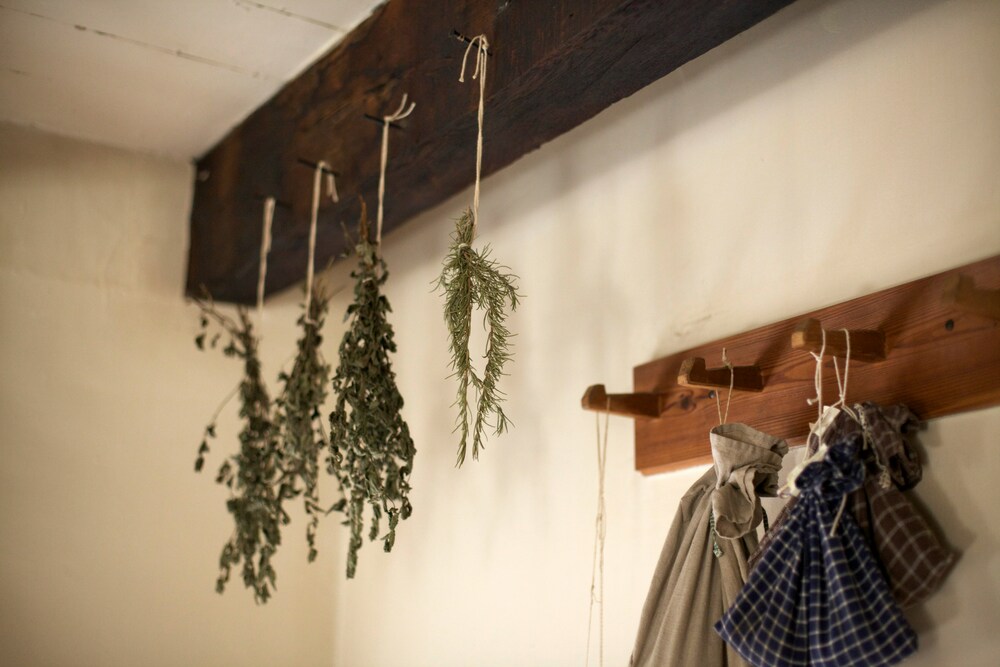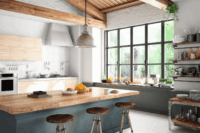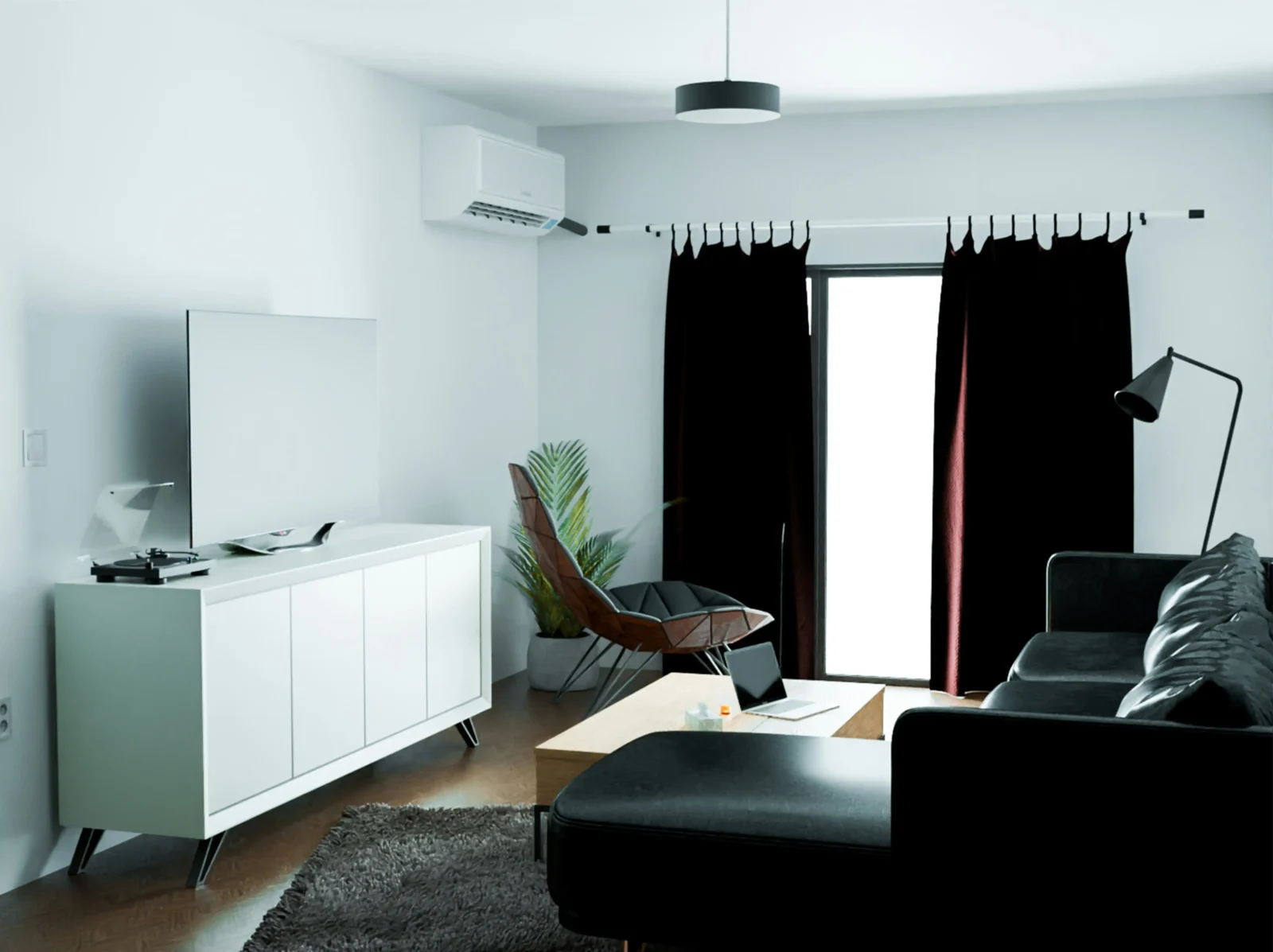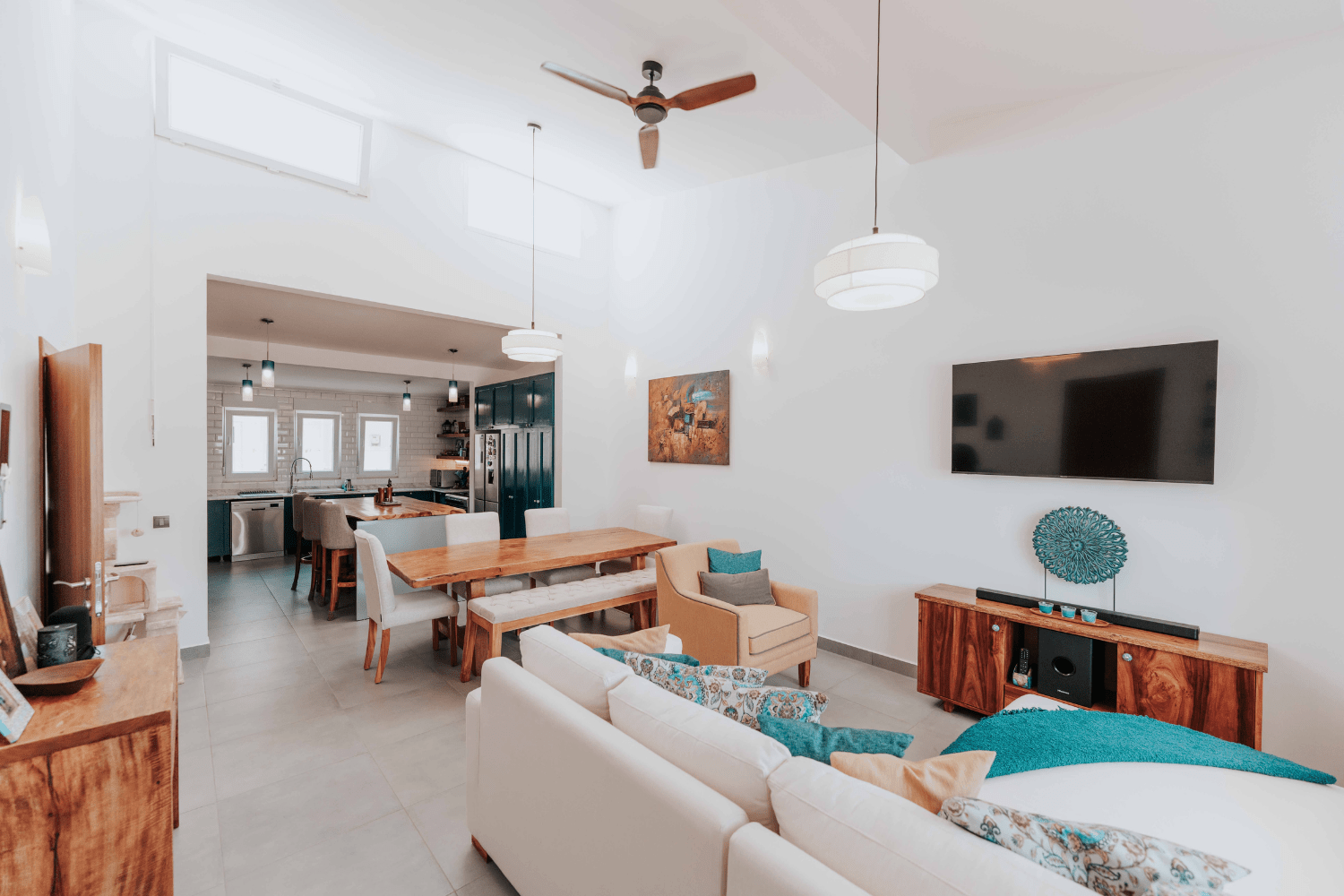- Home
- Articles
- Architectural Portfolio
- Architectral Presentation
- Inspirational Stories
- Architecture News
- Visualization
- BIM Industry
- Facade Design
- Parametric Design
- Career
- Landscape Architecture
- Construction
- Artificial Intelligence
- Sketching
- Design Softwares
- Diagrams
- Writing
- Architectural Tips
- Sustainability
- Courses
- Concept
- Technology
- History & Heritage
- Future of Architecture
- Guides & How-To
- Art & Culture
- Projects
- Interior Design
- Competitions
- Jobs
- Store
- Tools
- More
- Home
- Articles
- Architectural Portfolio
- Architectral Presentation
- Inspirational Stories
- Architecture News
- Visualization
- BIM Industry
- Facade Design
- Parametric Design
- Career
- Landscape Architecture
- Construction
- Artificial Intelligence
- Sketching
- Design Softwares
- Diagrams
- Writing
- Architectural Tips
- Sustainability
- Courses
- Concept
- Technology
- History & Heritage
- Future of Architecture
- Guides & How-To
- Art & Culture
- Projects
- Interior Design
- Competitions
- Jobs
- Store
- Tools
- More

Well-hung pictures may change a room and provide character and warmth. Still, getting a finished effect requires the correct equipment. Although picture hanging hooks are the best way to show artwork, pictures, and other decorations, their use depends on carefulness. The dos and don’ts of utilizing picture hanging hooks—including whether they are the best option and whether they fit home or gallery settings—will be covered in this article.
Dos of Well-Created Hanging Hooks
The Right Hook: Choose wall-hanging hooks for pictures that will allow your artwork to be supported in weight. Hooks have different weight capabilities. So, it is crucial to match the weight of the image with the hook.
Consider Weight: Consider utilizing many picture hooks for heavy pieces on bigger or stronger frames. This helps to distribute the weight and lowers your chance of wall damage.
Leveling is Pivotal: Use a level to guarantee your images hang straight before deciding on your layout. A little tilt could be distracting and lessen the beauty of your work.
Don’t Ignore Wall Material: Think about the wall material; the kind of wall counts. Use hooks intended especially for drywall. If you’re hanging on masonry or plaster, use heavier-duty hooks or anchors to guarantee stability.
Create a Layout Project: Plan for your layout before pounding in hooks. Mark where each photo will land using painter’s tape to help you keep the area looking coherently.

Rules of Using Picture Hanging Hooks
Although picture-hanging hooks are a great tool for many projects, certain typical mistakes should be avoided. Overloading the hooks is among the most important blunders one might make. Make sure you verify the weight restrictions; going beyond them can cause harm or cause the image to fall. For heavy objects, also be sure your hooks are fastened into wall studs. This reduces the hooks’ pulling out over time and offers more support.
Ignoring to measure before hanging photos is another common mistake. This might result in an inconsistent display; so, always check the height at which you want things to hang and their distance from one another. Furthermore, appropriate photo spacing is vital, particularly in galleries. Steer clear of cluttering your work; for best visual balance, allow 2–4 inches between frames.
Finally, avoid utilizing too tiny hooks for your frames, as this raises the possibility of mishaps. A safe and visually appealing display depends on the hook’s size and style being used matching the sort of frame you are hanging.
When Would Picture Hooks Be Used?
From houses to galleries, hanging hooks are a great fit for many environments. They are especially appropriate for homes where artwork may accentuate the mood and represent personal flair. These hooks in galleries enable flexible layouts and simple reconfiguration when shows move.
Ultimately, correctly applying picture hanging hooks will improve your décor and protect your walls. Following these dos and avoiding frequent mistakes will help you to guarantee that, whether in your living room or an art museum, your artwork is shown securely and brilliantly. A polished appearance depends mostly on careful preparation and execution.
illustrarch is your daily dose of architecture. Leading community designed for all lovers of illustration and #drawing.
Submit your architectural projects
Follow these steps for submission your project. Submission FormLatest Posts
Coloring Your Year: Using Traditional Lunar New Year Hues to Transform Your Apartment Décor
Lunar New Year always brings a burst of color and energy, making...
Chandelier Light vs Ceiling Lights: Which Decorative Lighting Works Best for UAE Homes in Winter?
Winter in the UAE doesn’t arrive loudly. It doesn’t announce itself with...
Marketing for Architects: How Firms Are Getting More Clients Without Chasing Leads
Architectural marketing has changed in important ways. Referrals and reputation still matter,...
8 Innovative Apartment Design Ideas from the USA
Apartment design in the United States is rapidly evolving, with architects and...












Leave a comment